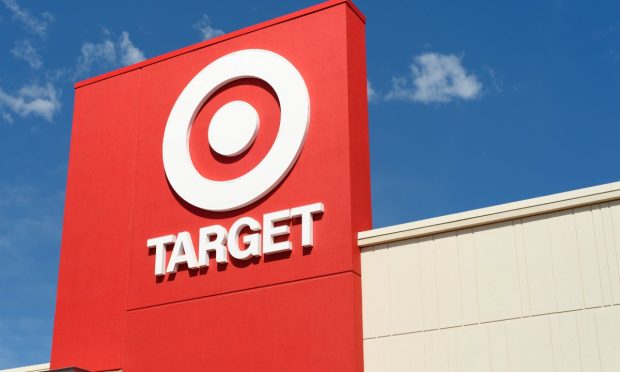Target CEO Sees ‘Tremendous Resilience’ In Consumers Amid Renewed COVID Concerns

Increased traffic at Target’s retail locations in the second quarter drove the company to strong year-over-year sales growth, giving the Minnesota-based retailer confidence that it’s on the right track as investments in its operations continue unabated.
“Traffic has been very consistent and it’s been consistently strong, and we’re very excited about the early momentum in back-to-school and back-to-college as well,” Target Chief Growth Officer Christina Hennington said on a conference call.
CEO Brian Cornell noted that even as the COVID-19 Delta variant causes concern across the country, “we continue to see a very optimistic consumer,” albeit one who’s shopping with caution and increasingly wearing a face mask.
“But we’re seeing tremendous resilience in the consumer today, and our traffic patterns represent that,” he said. Target’s traffic grew by nearly 13 percent in the second quarter, though that was partially offset by a 3 percent decline in average ticket size.
Officially, Target’s comp sales grew nearly 9 percent in the three months ended July 31, reflecting comparable store sales growth of 8.7 percent and comparable digital sales growth of 10 percent. Total revenue grew 9.5 percent year-over-year to over $25 billion, driven by total sales growth of 9.4 percent and a 20 percent increase in other revenue. Over the past two years, total sales have grown more than 36 percent, or more than $6.6 billion.
“Typically in retail, if you saw a large, mature company like ours growing at the rate we’re seeing today, you’d assume we were comping over soft numbers from the prior year,” Chief Financial Officer Michael Fiddelke told analysts and investors. “Instead, we’re comping over a year of record growth in 2020 on both the top and bottom lines.”
Related: Walmart Tells Shoppers ‘We’re Here For You’ As Omnichannel Retailer Neutralizes Delta Variant
Earlier this week, Walmart also reported that it largely benefitted from consumers’ increased vaccination rates in the second quarter, reporting higher-than-expected revenue and increased grocery sales. Officially, Walmart’s total revenue in the second quarter was $141 billion, up 2.4 percent year over year, with net sales of nearly $140 billion, up 2.2 percent. In the U.S., Walmart saw just over $98 billion in net sales, up 5.3 percent, and a 6 percent growth in eCommerce sales.
Delivering Options
Target’s same-day services, which include buy online, pickup in-store (BOPIS), curbside pickup, and same-day delivery through subsidiary Shipt, together grew 55 percent compared to 2020, on top of last year’s 270 percent growth; these services now account for over half of Target’s digital sales.
Among those options, curbside pickup has grown the most quickly, Cornell noted, with second quarter sales through curbside alone increasing by nearly $1.4 billion in the last two years. Target added 5,000 additional items to the selection available for curbside pickup, with plans to continue expanding the service to include more products and the ability to return purchases. “I think there’s a lot further we can go there from a category or product perspective,” Fiddelke said.
While the economic environment remains volatile, Fiddelke told investors and analysts that Target’s performance in the first half of the year gives the company “increasing confidence” that comparable sales growth this fall will be in the high single-digit range, which is near the high end of previous guidance.
Investments And Remodels
After suspending its store remodel program amid the pandemic last year, Target now has more than 100 new remodel projects underway and is on track to complete 140 remodels by year-end. Over the last four years, the retailer has remodeled more than half of its chain to optimize the layout of stores and support same-day services.
Target has also opened 19 new stores this year and is on track to open 12 more in the fall; additionally, two new distribution facilities opened in the second quarter and Target plans to open two new sortation centers in October, followed by two more after the holidays. “We’re so focused on investments that drive growth, and you can certainly see that in the improved productivity,” Fiddelke said.
Chief Operating Officer John Mulligan noted that Target is also looking at new ways to utilize technology such as robotics, automation, machine learning and artificial intelligence within its operations, but “we’re not looking to remove the human element.”
“The choice doesn’t have to be about people or technology,” Mulligan said. “We can invest in both people and their productivity.”
